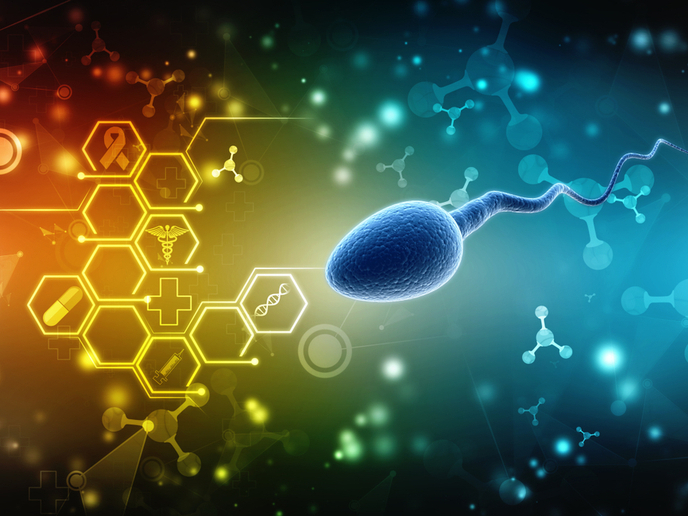Sources of sonic hedgehog signal noise
The morphogen sonic hedgehog (Shh) protein regulates individual neural progenitor domains through a combination of transcription factors. Judging by the extent of precision of gene expression, there are other factors at play that must filter signalling noise. The NEURALNETWORKNOISE project looked at the input from downstream gene regulatory networks (GRNs), an aspect not addressed in previous research. The effects of other signalling pathways and biological processes – neurogenesis being a prime example – on the expression levels of GRN components was also investigated. Using an existing Shh reporter and reporter lines for Shh-controlled GRN components, the researcher analysed Shh signalling and GRN expression dynamics. At population level, higher and more prolonged signalling promoted ventralisation of neural progenitors. However, this was not the case at single cell level, suggesting other processes were in action. Further investigations used single cell transcriptomics and in vivo molecular and genetic manipulation with computational tools to detect changes in the transcriptional profile during movement from naïve neural progenitor cells to motor neuron (MN) progenitors through to post-mitotic MNs. Results identified signatures of other signalling pathways as well as previously unknown factors. Most significant, the researcher defined several distinct phases of MN differentiation including one not identified before. Here, the MN progenitor transcription factor Olig2 increases as cells commit to MN differentiation. This phenomenon correlates with the direct repression of the Notch signalling effectors Hes1 and Hes5, known inhibitors of neurogenesis. Conversely, inhibition of Notch signalling increased expression levels of Olig2. NEURALNETWORKNOISE data suggests a tight interaction between transcriptional networks that control patterning and differentiation of the vertebrate neural tube. Moreover, findings highlight the pivotal role of Olig2 as an important organiser of dorsal-ventral pattering and as the pacemaker for MN generation. Project results are important for research into the field of neural development in general. Clinical applications hinge around the fact that Olig2 is implicated in the development of some brain and spinal tumours. It is also presumed to regulate Notch signalling in cell fate decisions in other developmental systems as well as cancers.







